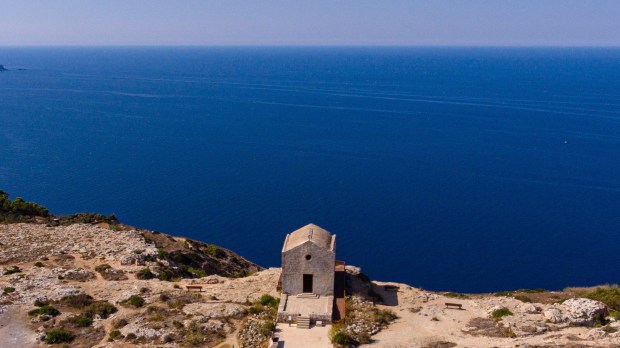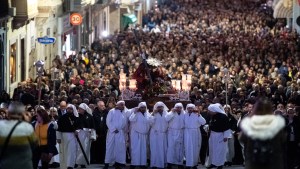The Maltese and Gozitan countryside is dotted with numerous ancient chapels; there is no other Christian land in Western Europe that can boast of such a great number of chapels per square kilometer. This is clear evidence of the steadfast love the Maltese and the Gozitans have always had for their Catholic faith, and the devotion they have always shown to God, his Holy Blessed Mother, and the saints. Every original settlement had at least one church, but many, such as that of Bir Miftuħ and Ħal Millieri, can also be found standing alone in the open countryside. Several of these chapels now seem to be isolated because the villages associated with them were abandoned centuries ago, but other chapels were, and still are, purposely built in remote locations —for instance the cliffs of Dingli, or very fertile valleys like that of Wied l-Lunzjata in Gozo.
Many of the chapels we see today are built on the sites of chapels erected centuries before, like that of Our Lady of Mercy in Qrendi and St. Catherine in Żejtun. Indeed, the date of origin of some chapels is unknown.Also, the origins of some chapels are ancient cave churches —the edifice was practically an expansion of these troglodytic sacred sites. Almost all of the chapels, although simple and rustic, have different characteristics and tell different stories. Many consider the numerous chapels that dot the Islands as time capsules, which take us back to the medieval age when the only industries were those of the farmer, the shepherd and the fisherman. They make us think and reflect on our roots and origins. Here are a few examples of charming and stunning chapels that transport us back in time to the sacred sites where our ancestors prayed.
The information used for this article was summarized and translated from the exceptional website dedicated to Maltese chapels Kappelli Maltin [https://www.kappellimaltin.com/index.html]. A special thanks goes to Roderick Busuttil who directed us in the compilation and review of this article. We would also like to give tribute to Kilin (Mikiel Spiteri – 1917 – 2008), who through his writings was one of the first, if not the first, modern authors to raise awareness about the precious and incomparable chapels of the Maltese Islands.
Chapel of St. Mary of Bir Miftuħ, Gudja
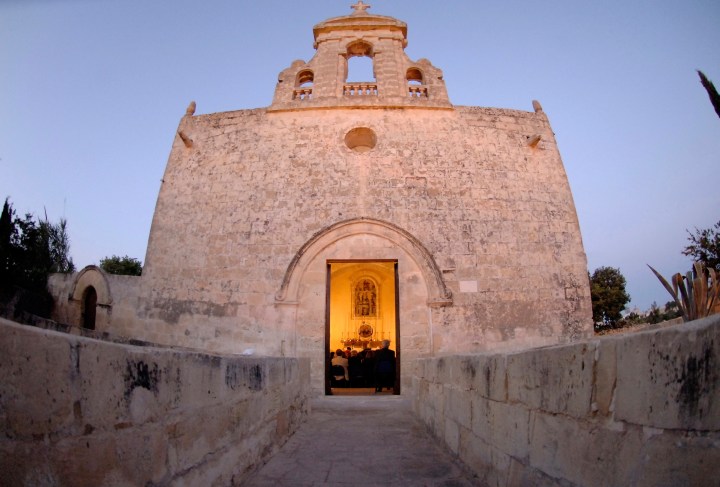
The church is dedicated to St. Mary of August. The Church of Bir Miftuħ (a literal translation is “open well,” but here it probably means “gushing spring”) is very old. Indeed, it was built over 600 years ago. In 1436, an ecclesiastical report on the Maltese Islands (known as the Rollo) mentioned the 10 old parishes found in Malta and Gozo at that time — one of them was the Parish of Bir Miftuħ. The original church in the village of Gudja was larger than the present one. In 1512, works were carried out to reduce its size. The church itself is situated in an olive grove. As it lies opposite Malta International Airport, it is one of the first interesting sites that visitors notice the minute they land in our country.
The Bir Miftuħ church is a fine example of medieval architecture, simple in construction with no elaboration, neither on the exterior walls nor on the interior ones. During extensive restoration works carried out a few years ago, many interesting historical artifacts were unearthed. These increased the historical and architectural significance of the old church. For example, old frescoes dating back to the 16th century above the main door came to light.
Chapel of the Annunciation, Ħal Millieri, Żurrieq
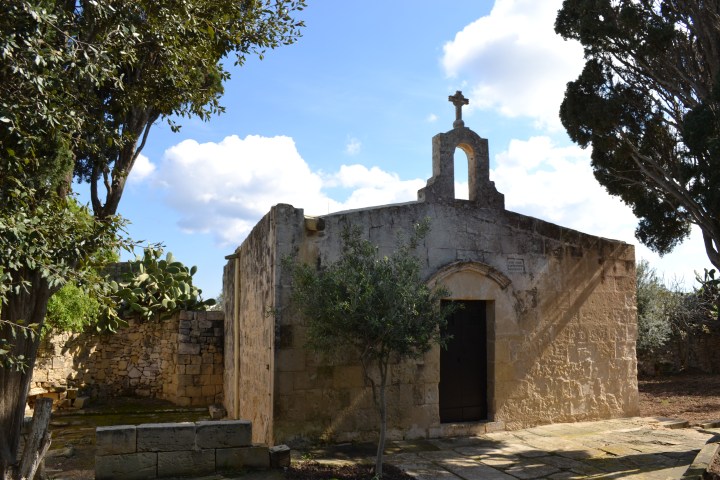
In the midst of the green countryside situated in the ancient village of Żurrieq, we find a medieval chapel dedicated to the Annunciation. It is very ancient, as the first chapel was built during the 13th century. Before the chapel was built, the site was occupied by a Roman villa, the remains of which can still be observed within the vicinity of the chapel. The present building was erected around 1480. The chapel is rustic, built in the style of a box, devoid of any windows or oculi, which are so common in other country chapels. The roof is supported by four pointed arches in Siculo-Norman style. The last arcade leads to the main altar and apse. Remains of what was once a gate before the sanctuary, known as an iconostasis, can still be seen, which shows the influence of the Orthodox-Byzantine religious tradition and art in medieval times. The chapel grounds used to serve also as a graveyard, and this was the case even when the first chapel was built.
On the right side there is a small door that leads to the cemetery. During the plague of 1813, many of the dead were buried here. The chapel is famous for the 11 frescoes adorning its walls. It is probable that the frescoes are copies of those in the original chapel. Almost all the frescoes represent Orthodox-Byzantine Saints, including St. Leonard and St. Nicholas. Devotion to them was more popular prior to the 13th century than in the 15th century when they were painted. During the 1960s the chapel was entrusted to the care of the NGO Din l-Art Ħelwa. Several extensive restoration works have been carried out to keep the chapel in good condition.
The Santa Maria Chapel of Ħal Xluq, Siġġiewi
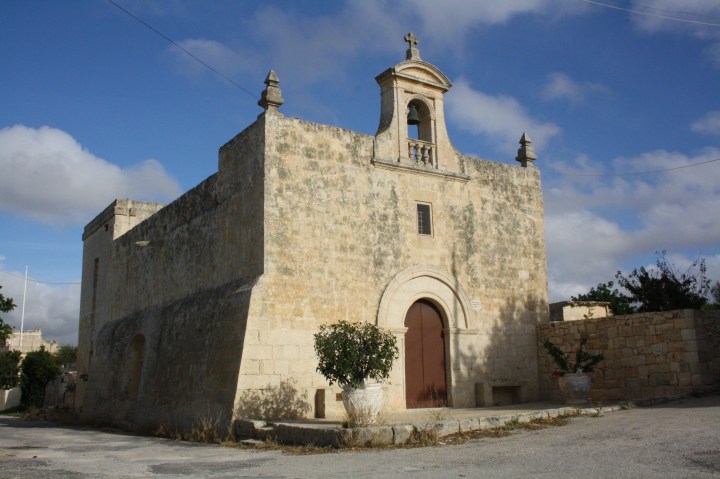
In the village of Siġġiewi we find a chapel dedicated to the Assumption, Patroness of Malta, popularly known by the name of Ta’ Ħal Xluq. Siggiewi is a very old village. In 1436 it was already organized as a parish. The village consisted of four hamlets, and Ħal Xluq was the largest. This we know because it was documented in the Rollo (list) of Bishop Senatore de Mello, which was drawn up in the same year. In the report of Mons Pietro Dusina, written in 1575, we find that in Ħal Xluq there were six churches and the principal one was this chapel. We do not have the date of its building, but it is very ancient. In the succeeding years, the chapel was closed down because it was in a very bad state, but in 1583, it was rebuilt. It is considered one of the most beautiful among the many country chapels we have here. The half-framing arc of the main door is testimony to its antiquity. Its stone-slab roof rests on arches that continue down to the floor, another proof of its several centuries of life.
The titular altar piece is a painting of the Assumption. To the right of this main piece, there is another painting of Christ before Pilate. Both paintings are attributed to the students of the School of the famous Maltese artist Francesco Zahra. Recently, some restoration works were carried out, foremost on the old and very rare 17th-century Ottavino organ.
Chapels of St. Basil and St. Michael, Mqabba
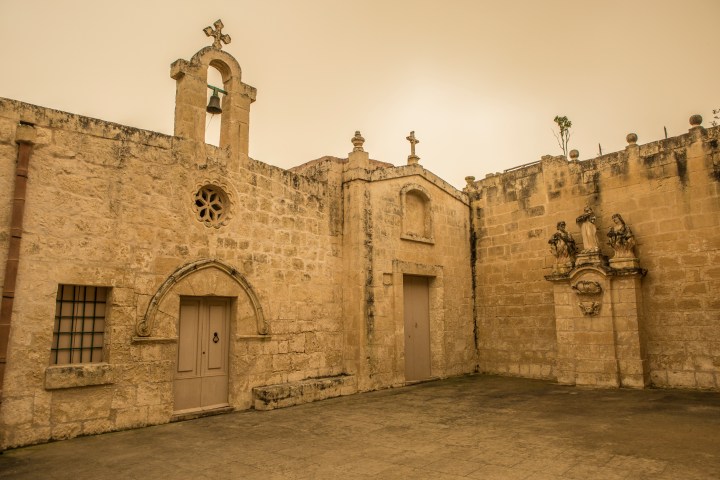
The architecture of St. Basil’s chapel is a medieval gem. It is not exactly known when devotion to this saint of the Orthodox Church began in Mqabba. It is thought that in the Middle Ages, when the Muslims were invading Europe, some foreigners fled from their countries and sought refuge in Mqabba, where they built a church dedicated to the saint they venerated back home. In recent years studies have shown that this church already existed in 1486. A devotional feast used to be celebrated on June 14; according to tradition, this is the day when St. Basil was ordained.
The titular painting was a wooden triptych Byzantine-style icon, which depicted the Madonna in the center, and St. Basil and St. Joseph on the sides. Some say that the central place reserved to the Madonna is proof that the main feast was dedicated to the Blessed Virgin, notwithstanding the dedication of the church to St. Basil.
The church of St. Michael is adjacent to the church of St. Basil. In fact, there is access from one church to the other through a side aperture, even though both churches have their own main doors. It seems that originally this church was built in 1550; however, it was rebuilt in 1669. The popularity of this church and the three statues in the village dedicated to this Archangel show the great devotion to St. Michael there was in Mqabba.
Chapel of St. Cecilia, Għajnsielem Gozo
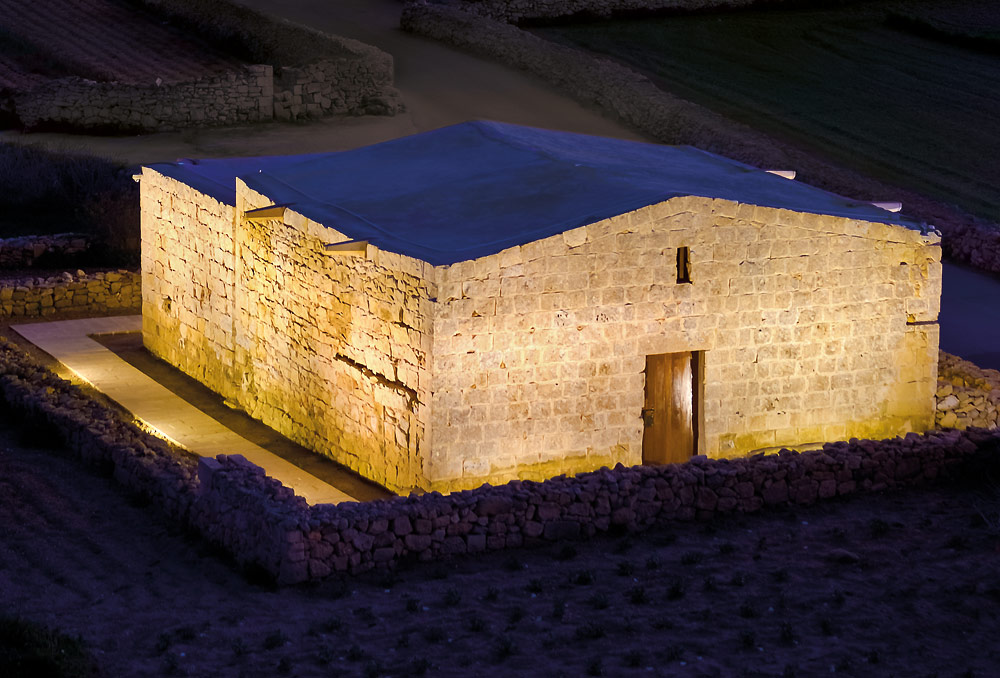
This chapel dedicated to St. Cecilia was built c. 1540. It was restored in 1630 and served as a church up to 1644, when it was deconsecrated. This small stone church is the best example of a non-aisled chapel, one of many in the Gozitan countryside. Like other late medieval chapels, it is in cubical form except for the slight pitch of the roof. In 1613, the neighboring fort was built to protect the farming community.
A few years later ix-Xewkija became the first rural parish of Gozo, and the building of the parish church of St. John the Baptist meant that the center of religious activity shifted east. The tower and church were listed as Grade One monuments in 1996, but little was done to protect the chapel which was battered by weather and vandalism until it was finally entrusted to Wirt Għawdex (Gozo Heritage) in 2008. Fully restored, it is open to visitors as well as hosting lectures, exhibitions, and concerts.
Chapel of the Return of the Holy Family from Egypt in Comino
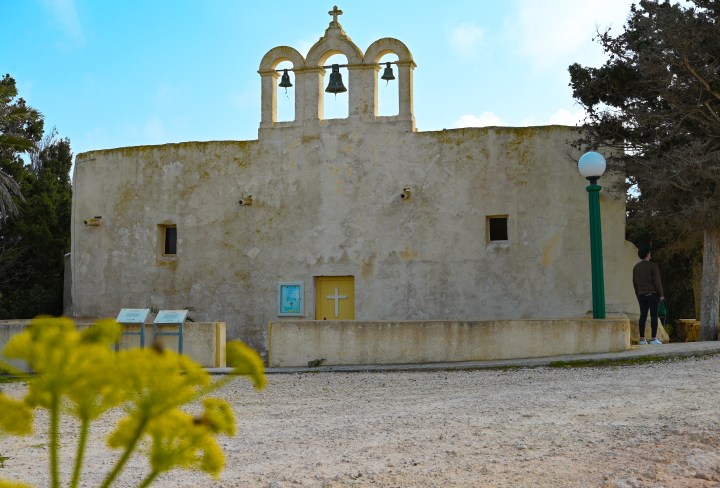
The islet of Comino is only two square miles in size. Today, it is practically uninhabited (only two residents) but serves as a tourist and holiday attraction. In medieval times it served many corsairs as a safe haven for their activities. The Comino Chapel, which is part of the Gozo Diocese, had to be rebuilt several times. Originally the chapel was dedicated to the Assumption, and that is why it is still called “the Church of Santa Maria.” But tradition maintains that the devotion of the local farmers to the Returning Holy Family was so great that when they reconstructed it, they dedicated it to the Return of the Holy Family of Nazareth.
The present chapel was built by Grandmaster Alof de Wignacourt in 1618, but the building of the first original chapel is unknown. It also seems that there was a chapel here in the mid-13th century, and this we know from a map drawn up in those years, where the Comino Chapel is marked. The map is presently in the Greenwich Museum.
However, the chapel, as is attested by modern research, could have been a troglodyte one. There is a legend that St. Conrad found refuge in the chapel after being driven out violently out of Mosta. In Gozo there was another holy hermit and both men would visit each other by sailing on their mantles.
Chapel of the Ancient Savior of Lija
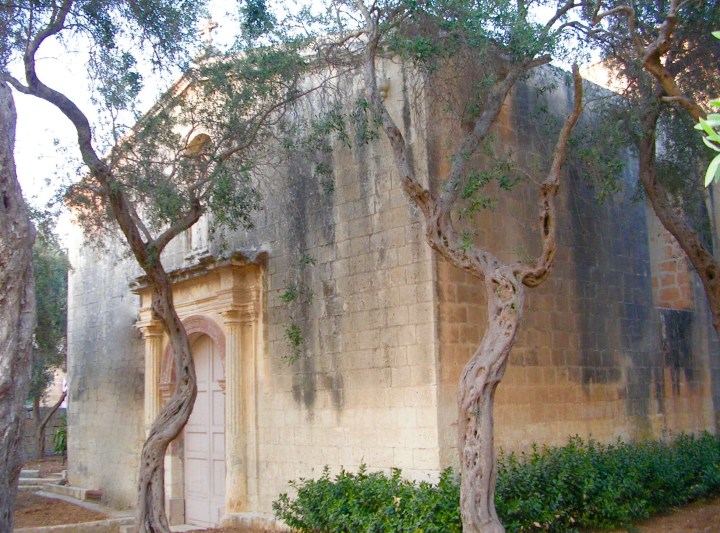
In the midland village of Lija there is a very beautiful chapel dedicated to the Savior. The chapel, believed to have been built during the first decade of the 16th century, is considered a fine specimen of local architecture. Its style is simple and rather rustic. It had only one nave. However, during the following century, it was enlarged with the construction of two wings, making it in the form of the cross. In 1594, Hal Lija became a separate parish and the chapel served as its parish church. It continued to serve this role for about a century until the present church was built. This is the reason why the old chapel is referred to as that of the “Ancient” Savior.
The chapel boasted six altars, and six Masses were celebrated daily. Today only two altars remain. For a time, it was almost semi-abandoned, but now the chapel is well kept and a pleasure to visit. The chapel is situated in a grove of olive trees, which generate the spiritual atmosphere of Gethsemani. Every year, during Holy Week, the chapel organizes a tableau of the Last Supper of Jerusalem. The table is set as for the Jewish Passover meal. On the Feast of Christ the Savior, on August 6, the procession stops in front of the chapel, the titular statue is turned to face the chapel, and the participants sing the Hymn of the Savior.
Chapel of the Annunciation in Balzan
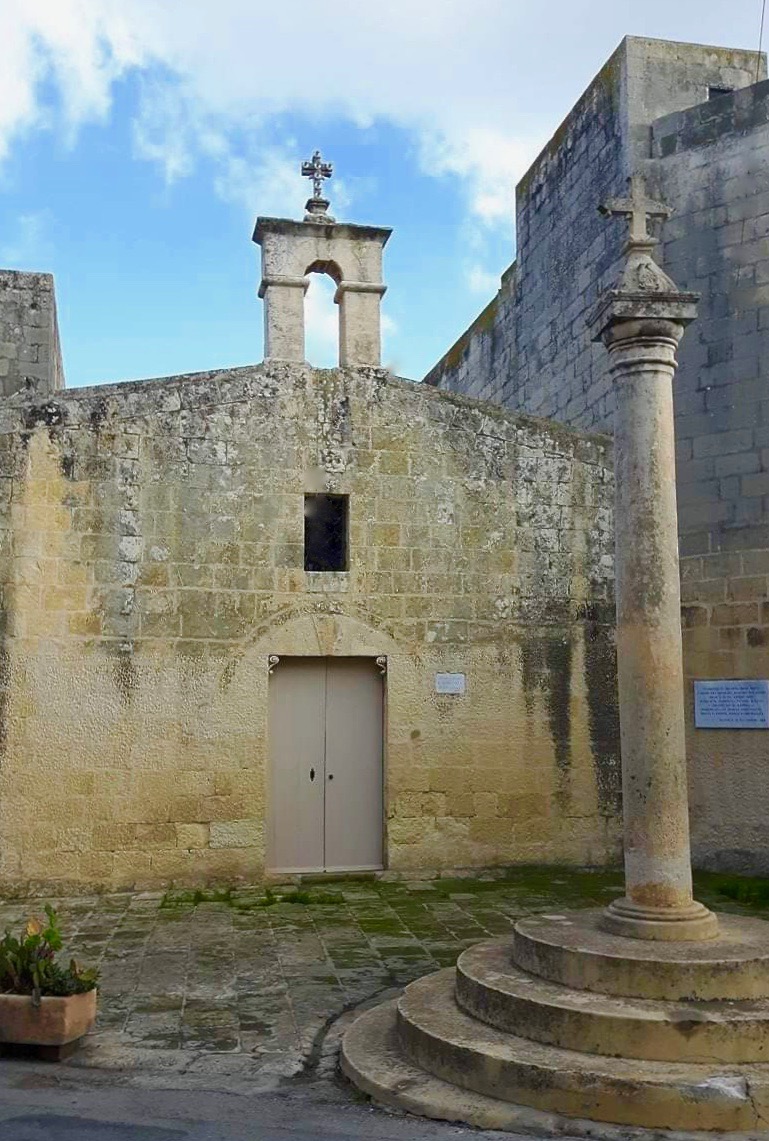
This chapel lies in the oldest part of the village of Balzan, situated in the very middle of the Island of Malta, that is, in its very core. The first reference we have of this ancient church is found in Msgr. Pietro Dusina’s report, which he wrote during his apostolic visit of February, 1575. It is stated that from its very beginning the church was dedicated to the Annunciation. Professor Stanley Fiorini, an authority on the subject, describes its architecture as that common in Malta during the 15th-century. As soon as you see it, you will be surprised how much it was preserved in its original state. This fact bears witness to the parishioners’ love and devotion towards the Annunciation.
The church’s style is simple and rustic. On the inside, the roof rests on six Siculo-Norman arches with rows of stone benches between the arches. During his visit, Dusina estimated that in those times the church served about 300 worshipers, from 60 households. Mgr. Dusina was impressed by its beauty and describes the church as pulchris (Latin for beautiful). Today the chapel has one altar dedicated to the Annunciation, but during another pastoral visit, this time by Bishop Tommaso Gargallo in December 1601, the church had three altars: the centerpiece dedicated to the Annunciation, the one on the right to the Visitation of Mary, and the one on the left, also to the Annunciation. The painter of the titular image of the Annunciation is unknown. On March 25, a solemn High Mass is celebrated, and many worshipers attend this liturgical function.
The Ancient St. Catherine Church of Żejtun
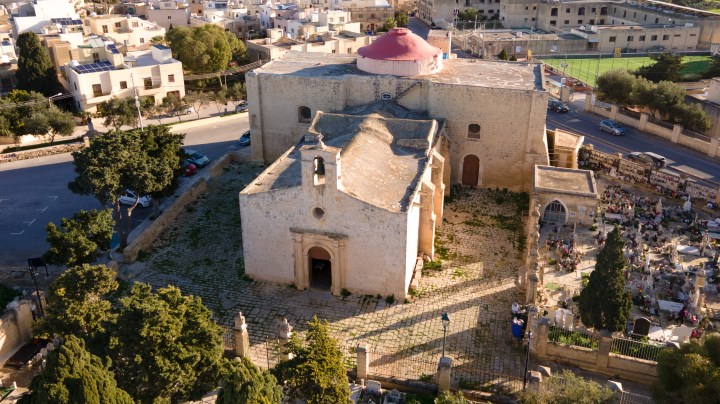
This large chapel is of very ancient origin. It used to serve as Żejtun’s first parish church, and that’s why it is referred to as “The Ancient Church.” Although it is known as the Church of St. Gregory, it is dedicated to St. Catherine. Its antiquity is proved by the fact that it was already built before visiting Bishop Senatore de Mello had drawn up his Rollo (list) in 1436 of existing Maltese churches. The original chapel, small and primitive, used as serve as the first parish of the hamlet of Bisqallin, situated in the south-east of present day Żejtun, which was the farthest parish from Mdina. The chapel functioned until 1492, when it was rebuilt on a larger scale. After the Great Siege, during which the Turkish forces occupied Żejtun, the chapel was destroyed. After the Turkish defeat, it had to be rebuilt again, on an even larger scale.
The rebuilt chapel housed three altars — the main altar dedicated to St. Catherine, and the two side altars dedicated to Our Lady of Mount Carmel and to St. Pope Gregory the Great, respectively. The titular painting replaces an ancient one, which depicts the beheading of St. Catherine. It is very valuable and is kept at the museum of the parish church. On the outside of the church, there is a stone statue of St. Gregory, which was erected in 1781 to commemorate the yearly pilgrimage from Mdina to Żejtun. The pilgrimage-procession was led by the bishop himself, and all the parish priests, convents and thousands of faithful took part.
Chapel of St. Mary Magdalene, Dingli
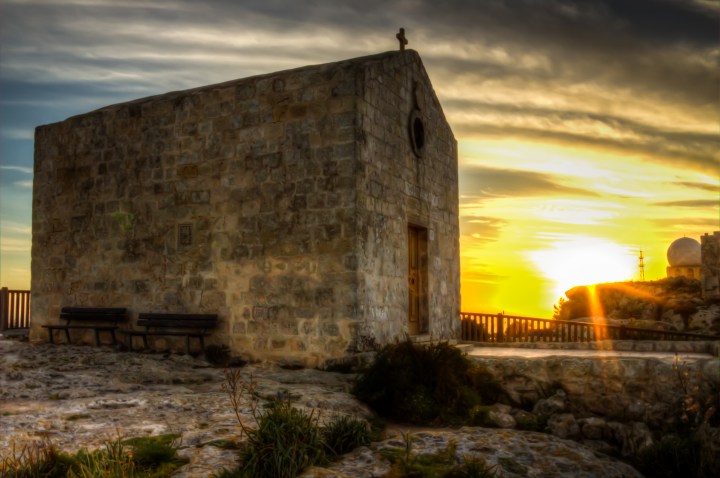
This is one of the most beautiful chapels in Malta, which is also known as “Kappella ta’ Santa Marija Maddalena ta’Fuq l-Rdum,” meaning “Chapel on the Cliff of St. Mary Magdalene,” since it was built right on the edge of Dingli cliffs, on the east coast of Malta. In the past fishermen used this chapel as a navigation reference point. Nobody really knows when it was originally built; nevertheless, we do know that it is very ancient and that it already existed in 1446. St. Magdalene’s chapel used to serve the spiritual needs of families who lived on the farms under the cliffs and in the surrounding countryside. The panorama from its location is second to none. Indeed, the views are so breathtaking that one can really feel in communion with the Almighty, and praise and thank Him for the gift of nature given to us. Due to extensive damage, the chapel was rebuilt in 1646.
The Chapel of the Annunciation in Gozo
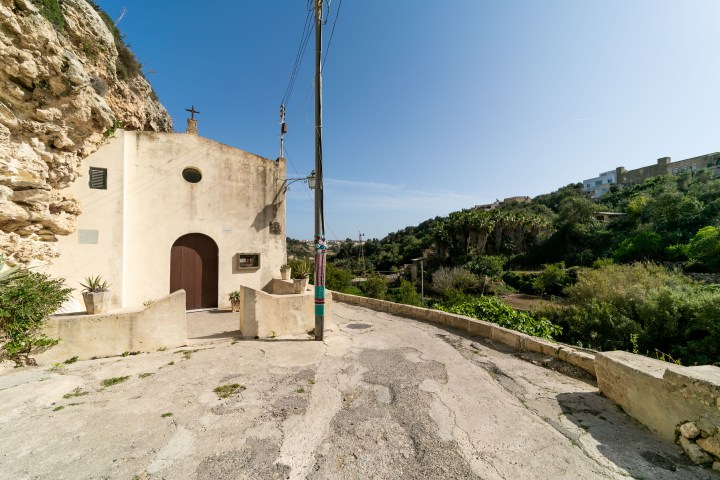
One of the most interesting chapels in Gozo is that of the Annunciation, situated in the picturesque and charming fertile valley of Tal-Lunzjata (Annunciation in Maltese). The valley was once known as Saqqajja, a name that means “self-watering valley.” The devotion of Western Christians to the Annunciation goes back to the 5th century, and for Gozitans it has deep historical roots, too, going back to the beginning of this devotion. In ancient times there were five chapels dedicated to the Annunciation in Gozo. One of these was a troglodyte chapel in Saqqajja Valley, where the present chapel was later built. This chapel was surely built around 1347. It was built outside the entrance of a cave to act as its façade. Its style was rustic and medieval, as many others built around the 14th century. Its façade is as austere as it is simple. The main altar painting was the work of the Knight-Painter Fra Luca Garnier and shows the Archangel Gabriel announcing to the Blessed Virgin.
In 1372, King Frederick II, known as Stupor Mundi, was in Gozo and delegated a Gozitan canon to take care of the chapel. From that day onwards, Sicilian Viceroys continued this tradition to delegate members of the Gozo clergy to look after the unique chapel of the Annunciation. In this church the celebration of the Annunciation is still a big event; indeed, on March 25, Holy Mass is celebrated by the Bishop of Gozo.
Chapel of Our Lady of Mercy in Qrendi
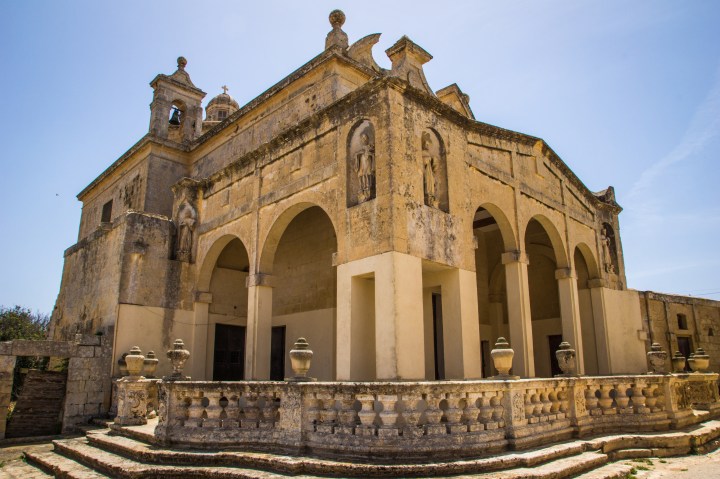
The present church dates back to the 1650s, but occupies the site of a previous chapel dating back to the 13th century (c. 1250). Apart from being documented in the 1575 pastoral visit report of Bishop Duzina and an 1841 report drawn up by the archpriest of Isla, remains of this 13th century chapel were discovered during the restoration works currently underway. In those medieval times, the hamlet was called Hal Lew and was dependent on the Parish of Żurrieq. The origin of the name “Mercy” is debatable; some attributed it to a miraculous apparition of our Most Merciful Mother in Savona in 1536. Others insist it is derived from the phrase “della Mercede” which means “Redemption,” referring to the freeing of slaves. In 1618, Bishop Calgiares separated the hamlets of Ħal Lew and Ħal Manin from the Żurrieq Parish to create the new parish of Qrendi. The great devotion shown to Our Lady of Mercy is attested by the great number of ex–voto paintings donated to the chapel. The devotion peaked during the leprosy epidemic of 1676. The faithful visited the chapel from all over the Island to pray and seek help from their Holy Mother.
In 1695, Pope Innocent XII granted a number of indulgences to those who visited the chapel. The pilgrims were so numerous that fresh drinking water had to be provided from a fount near the main portico. In 1679 Bishop Molina referred to Qrendi’s Madonna as “Our Lady of Graces,” due to the torrent of graces granted. The titular painting, the work of the famous artist Giuseppe D’Arena, shows the Madonna of the Assumption holding the infant Jesus, flanked by St. Gaetan on the right and Souls in Purgatory on the left. The chapel boasts of several works of art, among which we find an imposing crucifix by Sister Maria de Domenicis and a painting of the Magdalene, the work of Mattia Preti or one of his students.
Chapel of Our Lady of Miracles, Lija
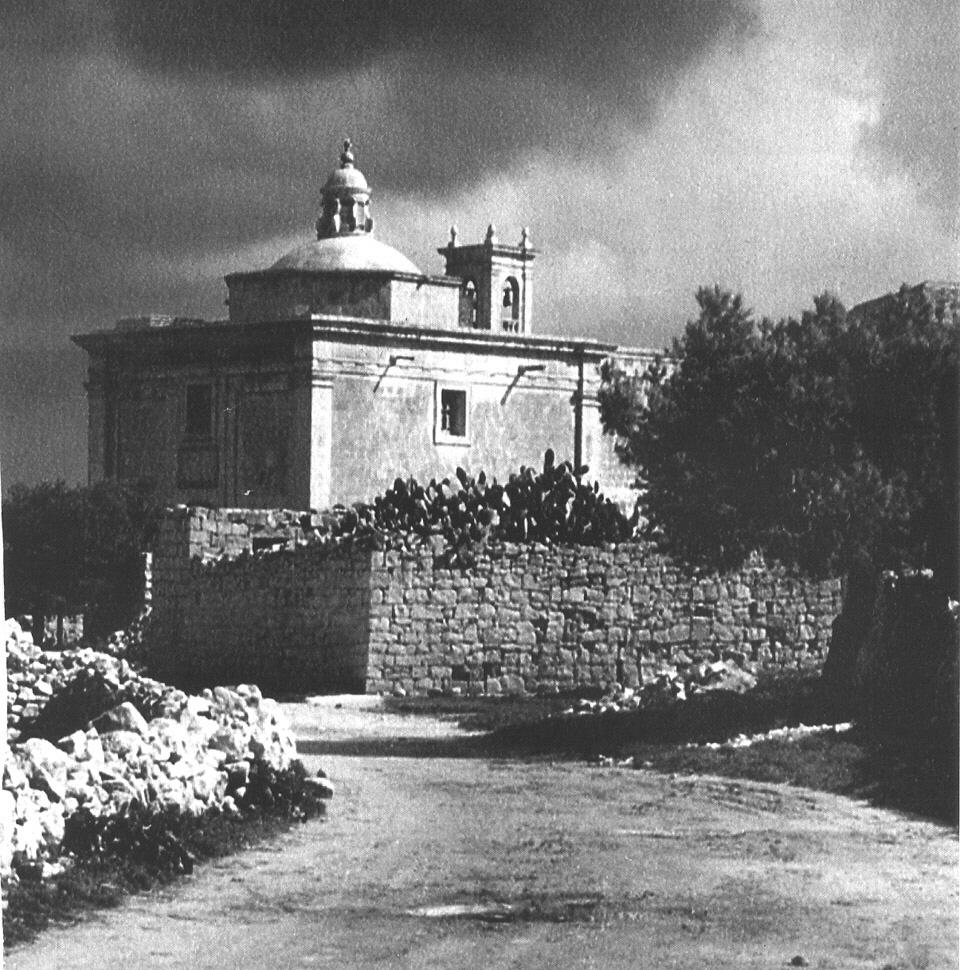
In the village of Lija there is an ancient Marian shrine known as the Church of Our Lady of Miracles. The present Church, built in 1664, is not the original one where the devotion to the Blessed Virgin all started. The present edifice is located about 100 meters away from where the old chapel once stood. The original chapel had a Sicilian style late 13th-century tryptych painting, which can still be admired in the present church. It was attributed to the Sicilian artist Corso di Buono. The painting depicts the Madonna seated on a throne, holding the Infant Jesus on her lap. The Infant is portrayed as the Savior of the World. The chapel was first dedicated to the Assumption of Our Lady. In 1664, Grand Master Nicola Cotoner commissioned the famous artist Mattia Preti to paint the present titular altar piece. The theme was to be a new version of the original Sicilian one. To meet the Grand Master’s request, Preti added the Archangel Raphael in memory of Nicola Cotoner’s recently deceased brother, Raffaele.
A miraculous event took place in 1743, increasing the burning devotion to the Madonna. While lighting a lamp in front of the Holy Image, the sexton noticed water-like drops on the Madonna’s forehead, cheeks, and chest. The sexton decided to inform the ecclesiastical authorities. After long deliberations and examinations, it was established that the drops were made of human sweat. On the same day, Malta was hit by a devastating earthquake, probably that of February 21, 1743. But not even one single life was lost in the calamity. Both the Grand Master and the bishop concluded that this was a miracle through the intercession of the Blessed Virgin. Subsequently, the sanctuary became known as “The Church of Our Lady of Miracles.”
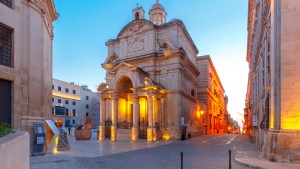
This content has been brought to you in partnership with the Malta Tourism Authority

